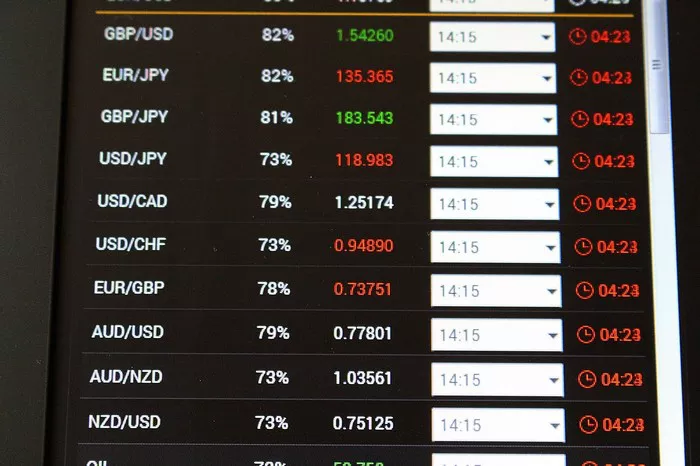Methylphenidate is a widely prescribed medication for attention deficit hyperactivity disorder (ADHD) and narcolepsy. It is available under several brand names, including Ritalin, Concerta, and Daytrana. For individuals without insurance, the cost of this medication can be a significant concern. This article explores the factors influencing the price of methylphenidate, compares generic and brand-name options, and provides guidance on how to reduce expenses.
Understanding Methylphenidate
Methylphenidate is a central nervous system stimulant. It works by increasing dopamine and norepinephrine levels in the brain. This helps improve focus, attention, and impulse control in people with ADHD. The medication comes in various forms, including immediate-release tablets, extended-release capsules, and transdermal patches.
The cost of methylphenidate varies depending on the formulation, dosage, and whether it is a brand-name or generic product. Without insurance, patients may face high out-of-pocket expenses.
Factors Affecting the Cost of Methylphenidate
Several factors influence the price of methylphenidate when paying without insurance:
1. Brand-Name vs. Generic
Brand-name versions such as Ritalin or Concerta are more expensive than generic methylphenidate. Generic drugs contain the same active ingredients but are sold at a lower price.
2. Dosage Strength
Higher dosages typically cost more than lower ones. However, the price difference may not always be proportional.
3. Formulation
Immediate-release tablets are generally cheaper than extended-release formulations. Transdermal patches and liquid forms may also have different pricing structures.
4. Pharmacy Location
Prices can vary between pharmacies. Large retail chains, independent pharmacies, and online retailers may offer different rates.
5. Manufacturer Discounts and Coupons
Some pharmaceutical companies provide patient assistance programs or discount coupons to reduce costs.
Average Cost of Methylphenidate Without Insurance
The price of methylphenidate can range significantly. Below is a general overview of what uninsured patients might expect to pay:
Generic Methylphenidate (Immediate-Release): The cost for a one-month supply can start at a relatively low price but may increase based on dosage.
Brand-Name Ritalin: This version is more expensive, with prices substantially higher than the generic alternative.
Extended-Release Formulations (e.g., Concerta): These are among the most expensive options due to their prolonged effect.
Prices fluctuate based on market conditions and pharmacy pricing policies. Shopping around and comparing different pharmacies can help find the best deal.
Ways to Reduce the Cost of Methylphenidate
Paying out-of-pocket for methylphenidate can be burdensome, but there are strategies to lower expenses:
1. Opt for Generic Versions
Generic methylphenidate is significantly cheaper and equally effective. Always ask your doctor if a generic alternative is available.
2. Use Prescription Discount Programs
Many pharmacies and third-party services offer discount cards that can reduce medication costs.
3. Check for Manufacturer Assistance
Some drug manufacturers provide financial aid or copay assistance for eligible patients.
4. Compare Pharmacy Prices
Prices vary between pharmacies. Online tools can help compare costs at different locations.
5. Consider Mail-Order Pharmacies
Some mail-order pharmacies offer bulk purchasing options at discounted rates.
Potential Risks of Buying Methylphenidate Without Insurance
While seeking affordable options, patients should be cautious:
- Counterfeit Medications: Purchasing from unverified online pharmacies can lead to unsafe or fake drugs.
- Inconsistent Supply: Some discount programs may have limited stock, causing delays in refills.
- Lack of Medical Supervision: Skipping doses or self-adjusting medication due to cost can be harmful.
Always consult a healthcare provider before making changes to a prescription regimen.
The Role of Insurance and Alternative Coverage Options
Even without traditional insurance, some patients may qualify for alternative coverage. Medicaid and Medicare may cover methylphenidate for eligible individuals. Additionally, some states offer prescription assistance programs for low-income residents. Patient advocacy groups and nonprofit organizations sometimes provide grants or subsidies to help cover medication costs. Exploring these options can make methylphenidate more accessible for those without private insurance.
The Impact of Supply and Demand on Pricing
Like many medications, methylphenidate prices can be influenced by market dynamics. Shortages of active pharmaceutical ingredients, manufacturing delays, or increased demand can lead to price spikes. Conversely, when multiple generic manufacturers enter the market, competition may drive prices down. Staying informed about market trends can help patients anticipate fluctuations and plan their purchases during periods of lower pricing.
Legal and Regulatory Considerations
Methylphenidate is a controlled substance due to its potential for misuse. This classification affects how it is prescribed and dispensed, which can indirectly impact cost. Some pharmacies may impose additional dispensing fees for controlled substances, and laws limiting prescription quantities may require more frequent refills—increasing overall expenses. Patients should be aware of these regulations and discuss with their prescriber whether longer-duration prescriptions (where permitted) could reduce costs.
Long-Term Cost Management Strategies
For patients requiring methylphenidate indefinitely, developing a long-term financial plan is crucial. This may include budgeting for medication as a fixed expense, setting up health savings accounts (HSAs) if eligible, or discussing tiered pricing options with healthcare providers. Some clinics affiliated with hospitals or universities may offer sliding-scale fees based on income. Building a relationship with a trusted pharmacist can also provide insights into upcoming discounts or formulary changes that could lower costs over time.
Conclusion
The cost of methylphenidate without insurance depends on multiple factors, including formulation, dosage, and pharmacy choice. Generic versions are the most affordable, while brand-name drugs and extended-release formulations come at a premium. Patients can reduce expenses by using discount programs, comparing pharmacies, and exploring manufacturer assistance. However, safety should always be a priority, and purchasing from reputable sources is essential. Consulting a healthcare provider can help in finding the most cost-effective and safe treatment options.
Related Topics:



































